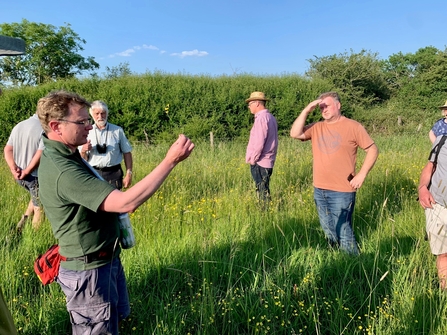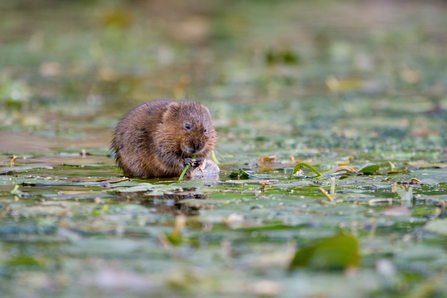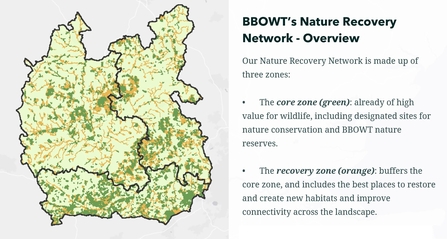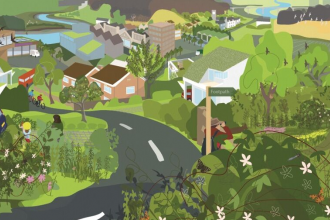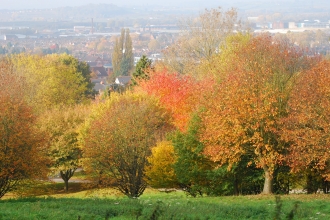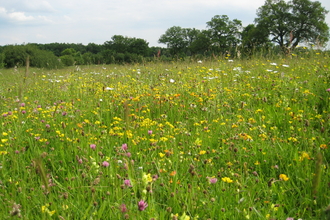Summer should be a time full of the sights and sounds of wildlife thriving: butterflies and bees flying between wildflowers, chirping crickets, swooping swallows and reptiles basking in the sun.
But nature is in trouble.
This summer scene is becoming rarer, and the latest progress report on the Government’s 25 Year Environment Plan shows little-to-no change in the status of nature and, in some cases, further deterioration.
Last month, Oxfordshire County Council was named as the ‘responsible authority’ for a new Local Nature Recovery Strategy.
It will receive a share of £14 million Government funding and gain ultimate control of a plan to try and restore nature across the entire county.
So what are Local Nature Recovery Strategies, and can they really help?


